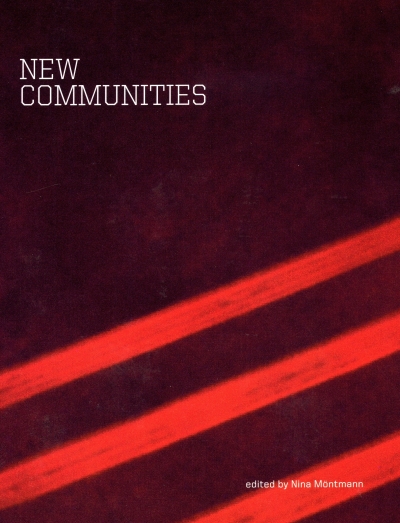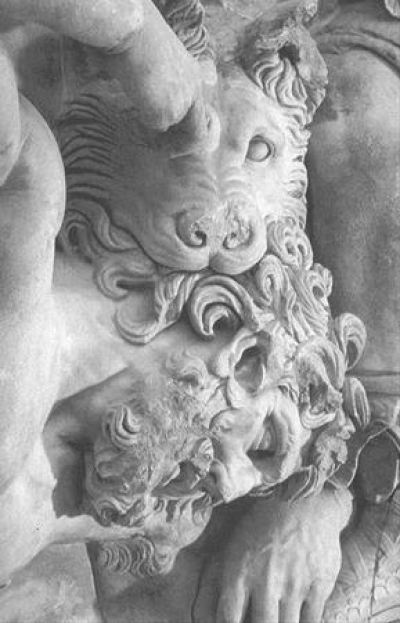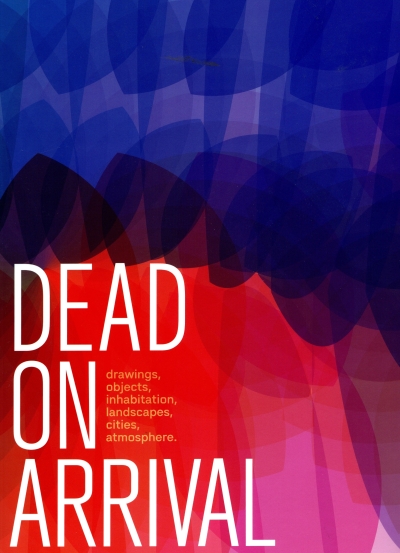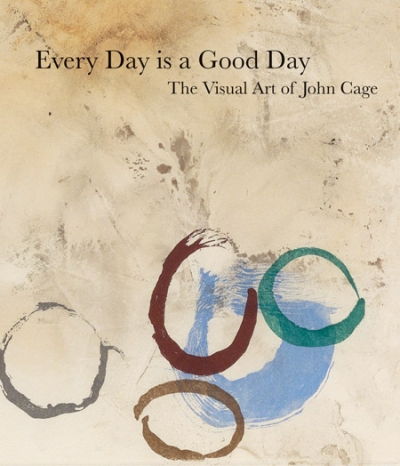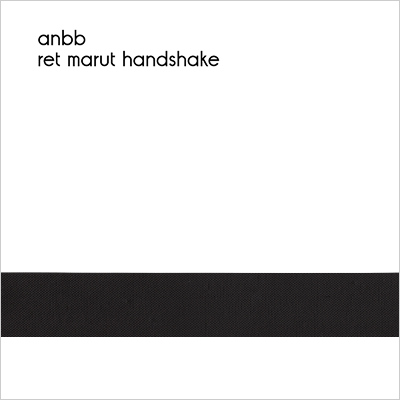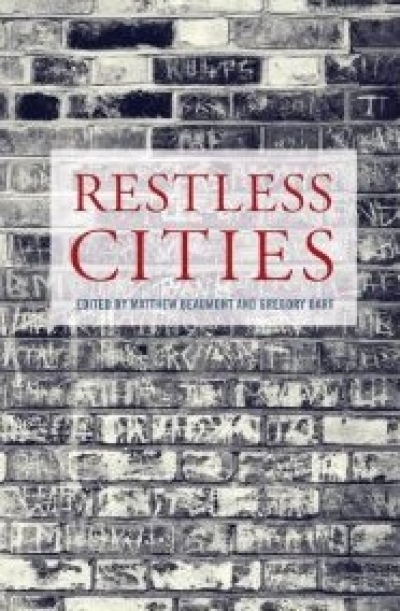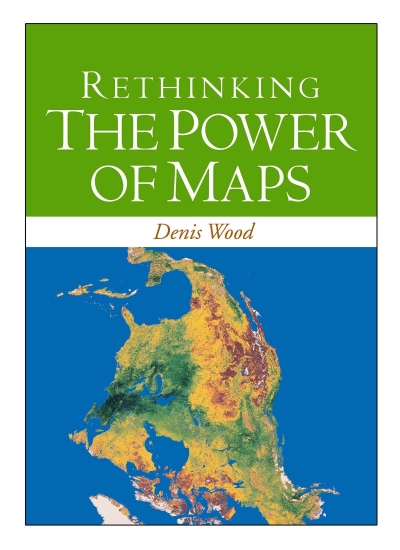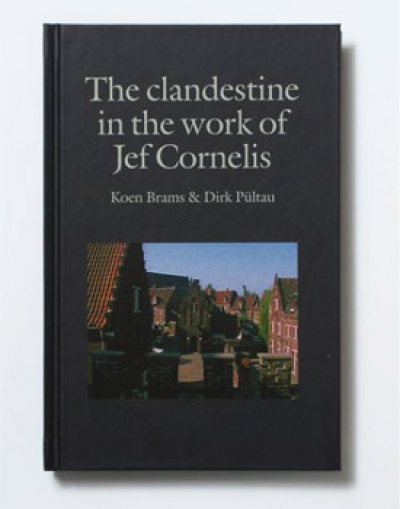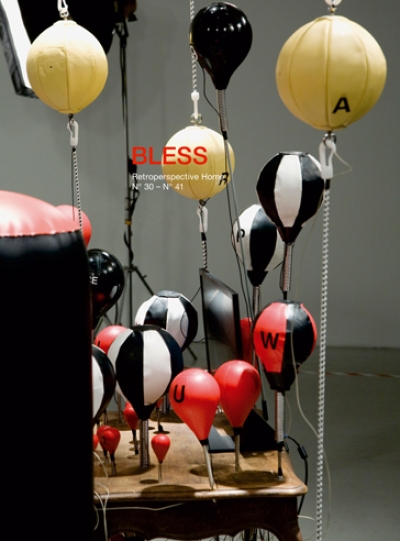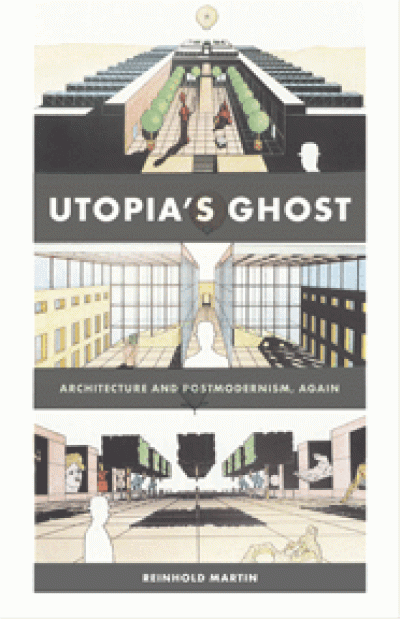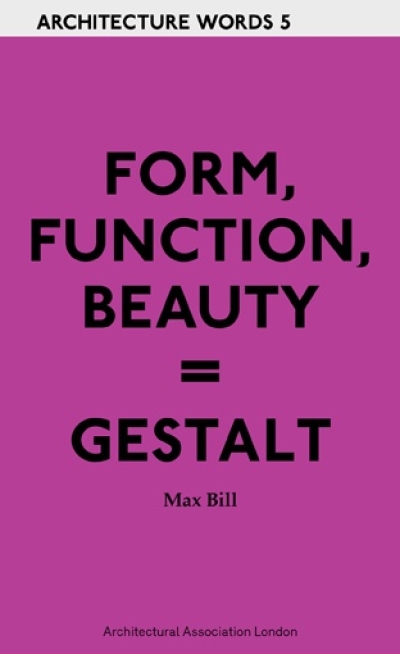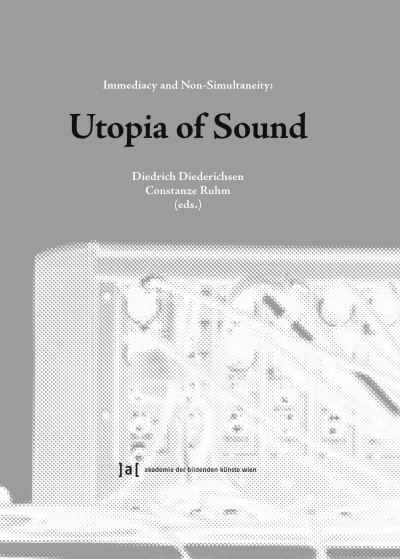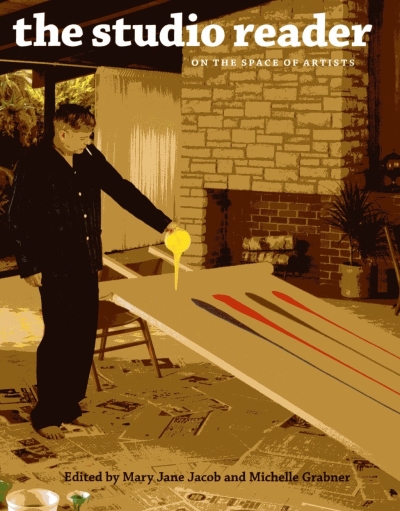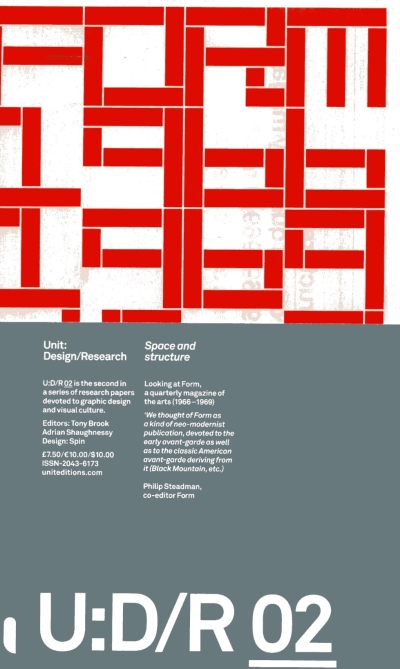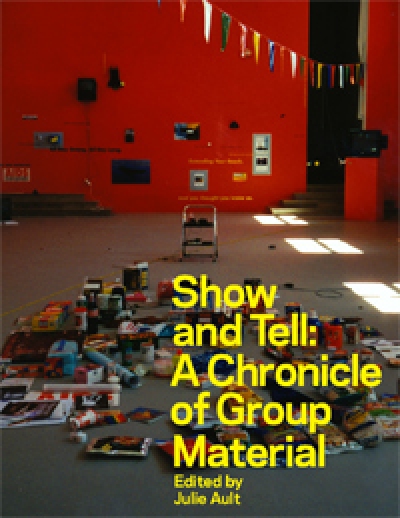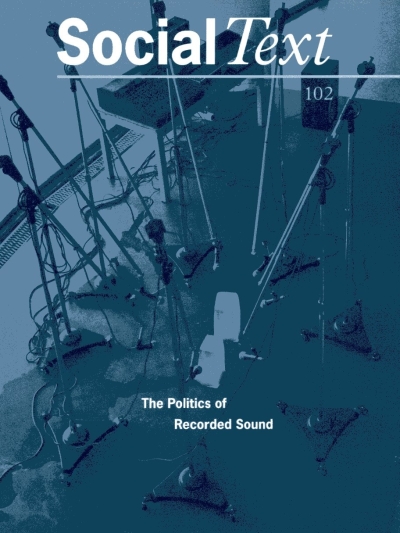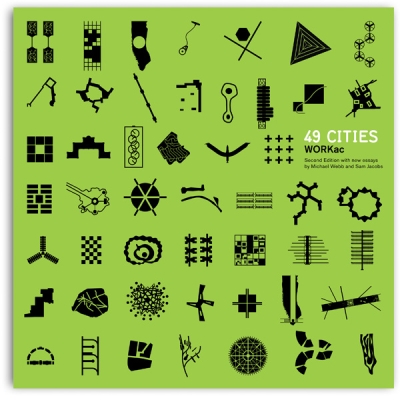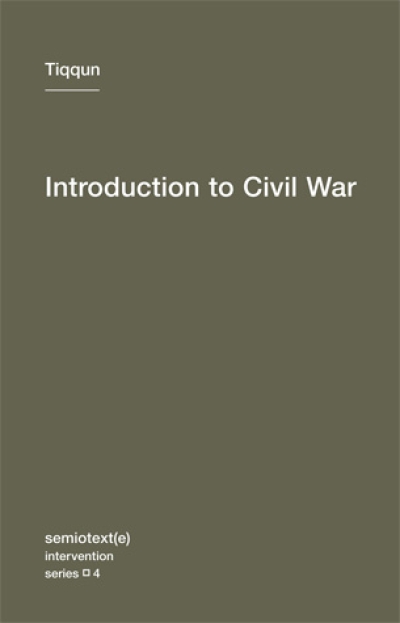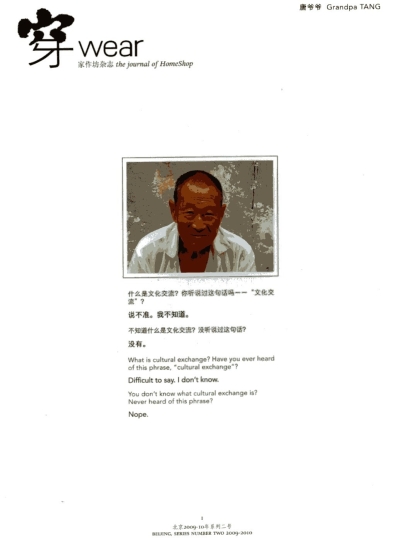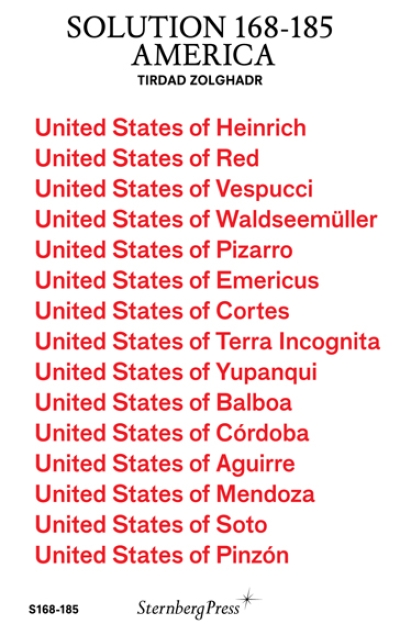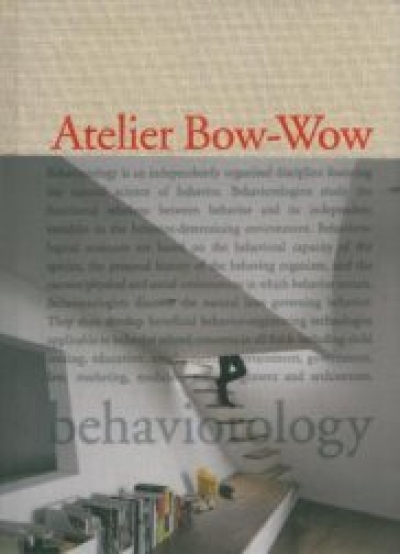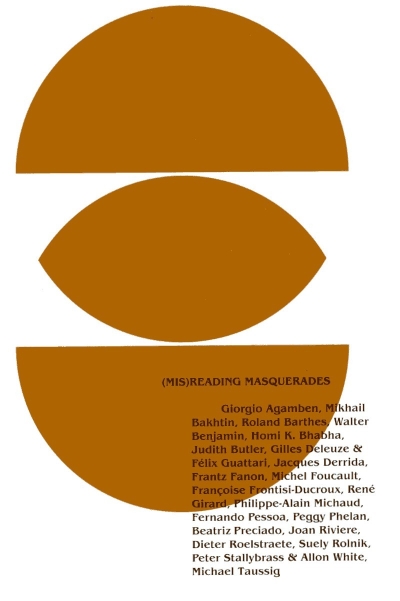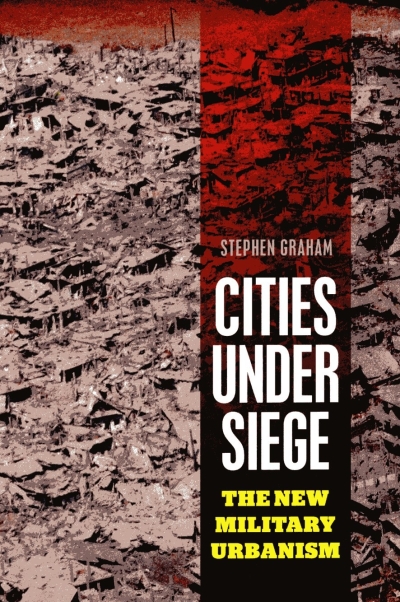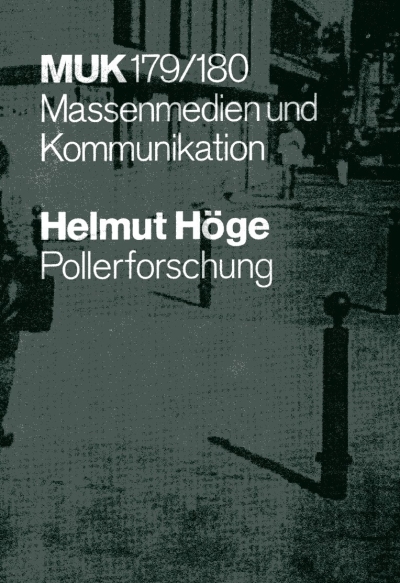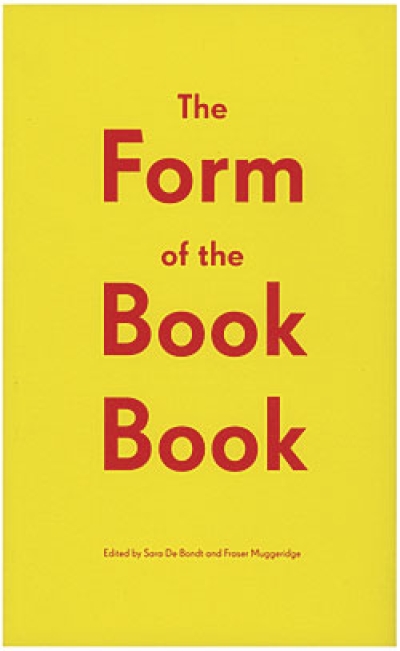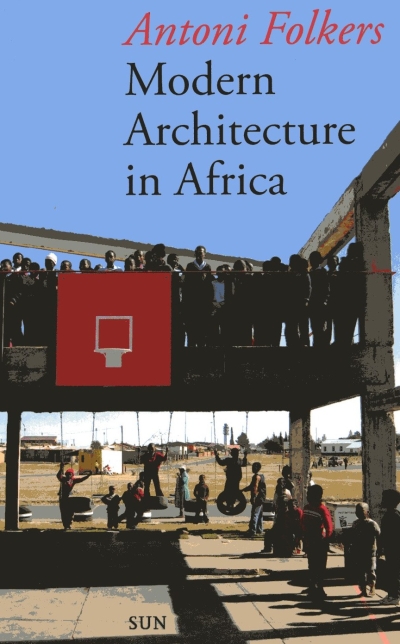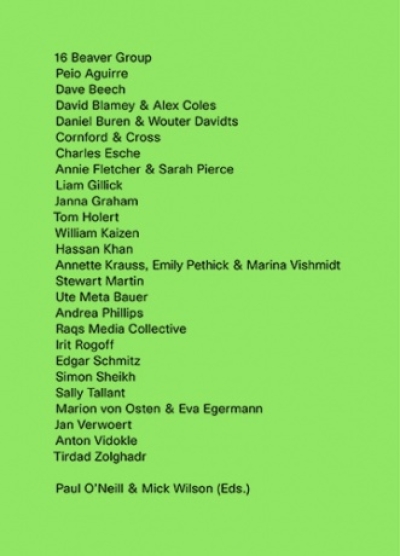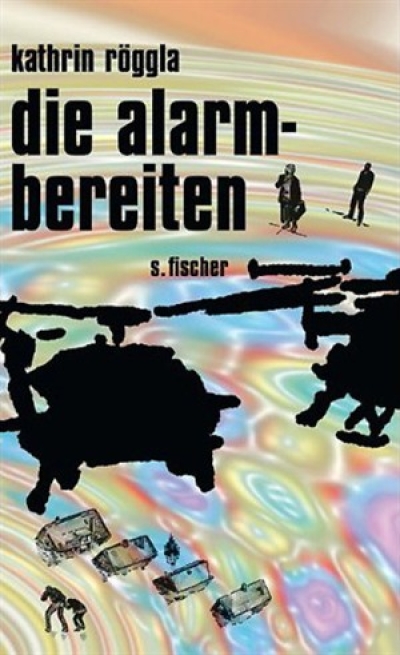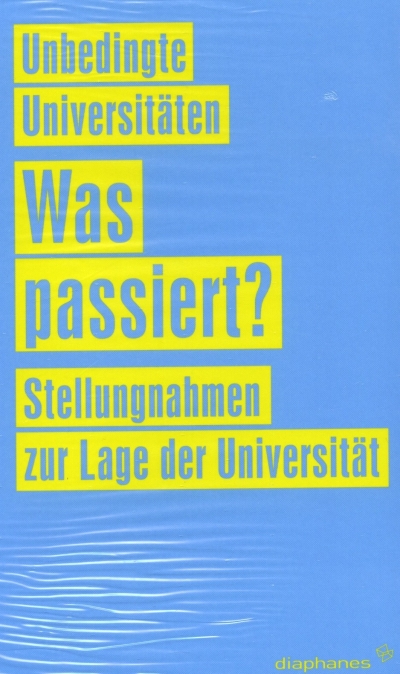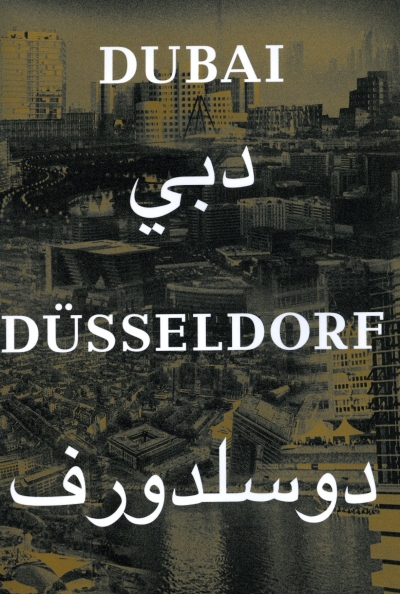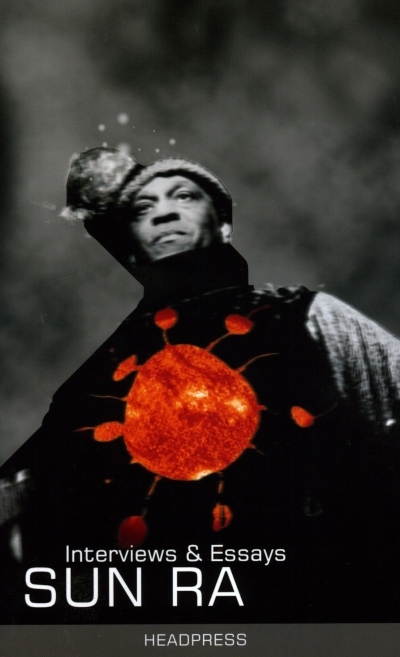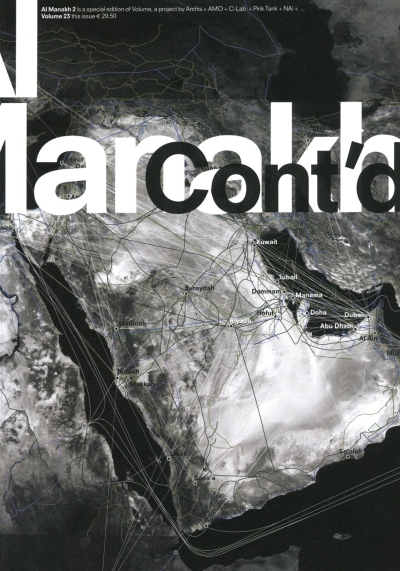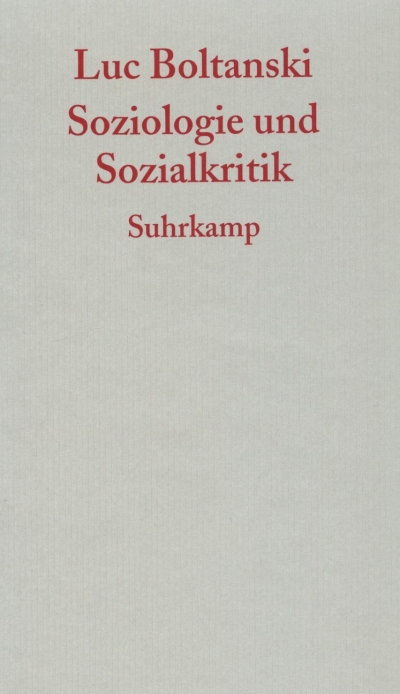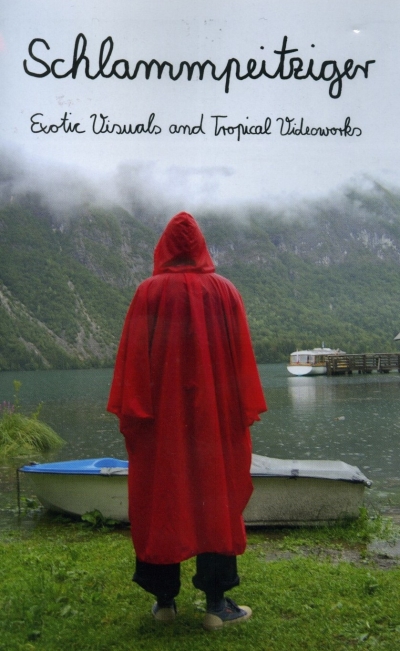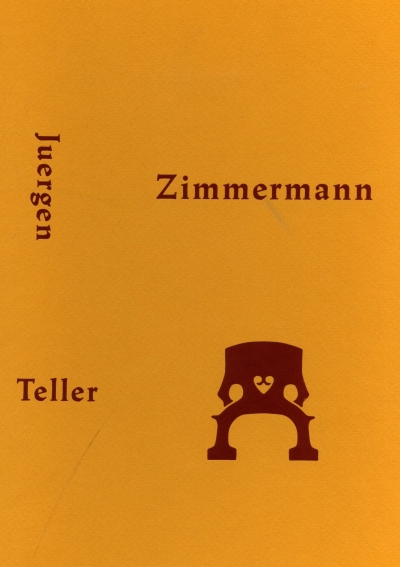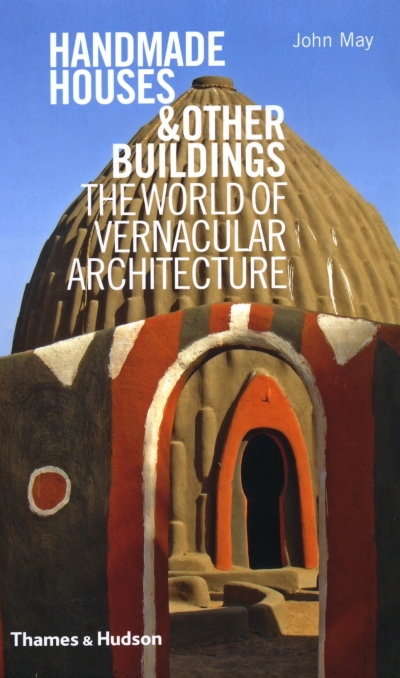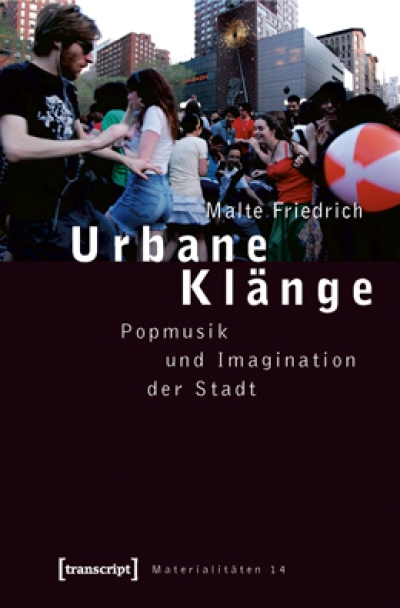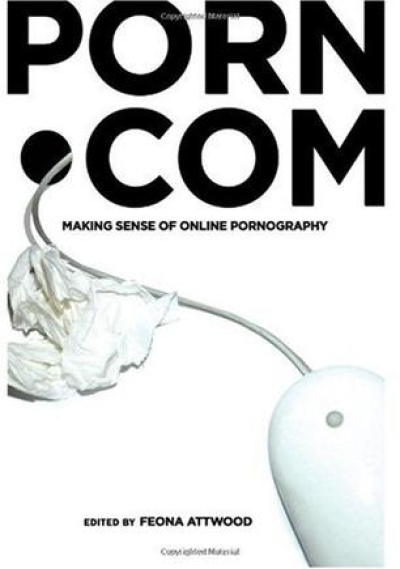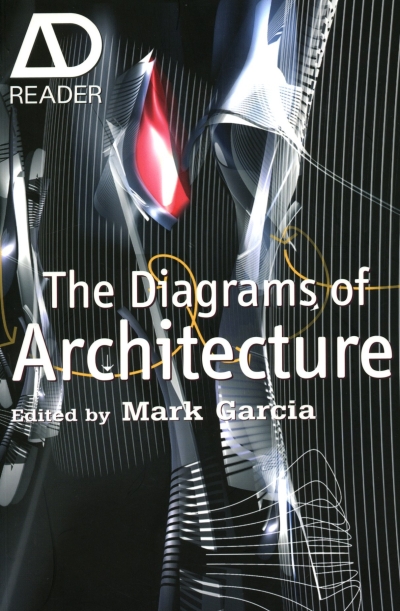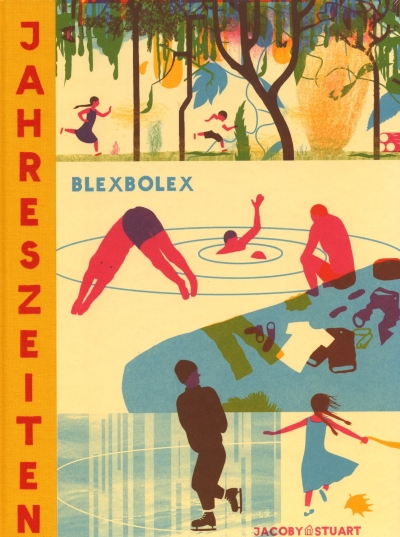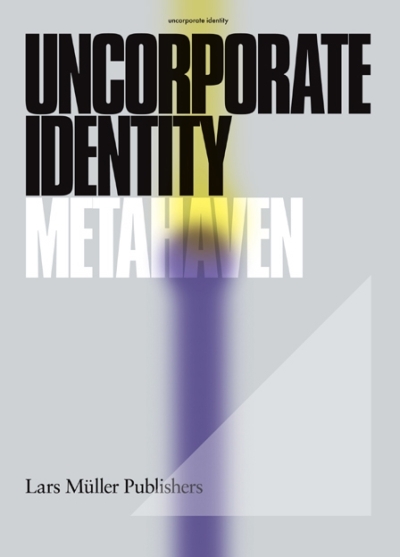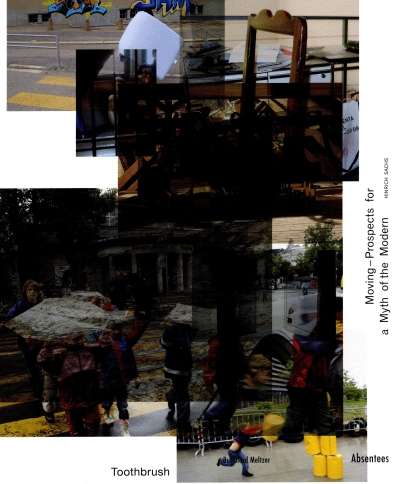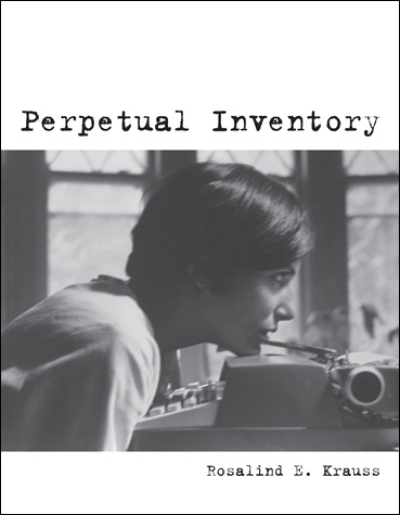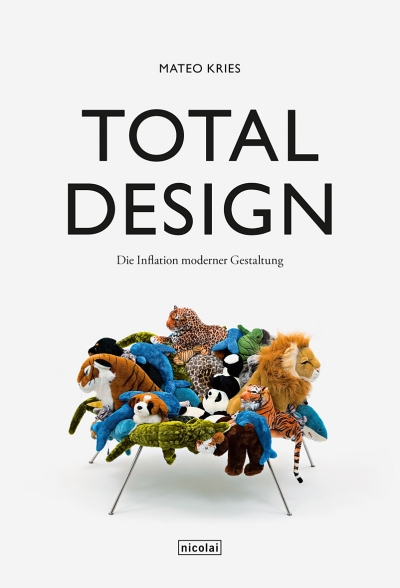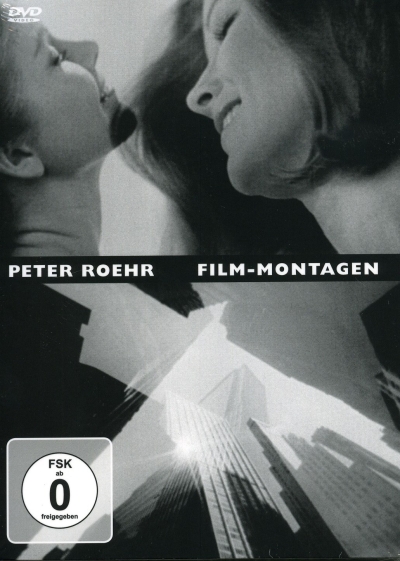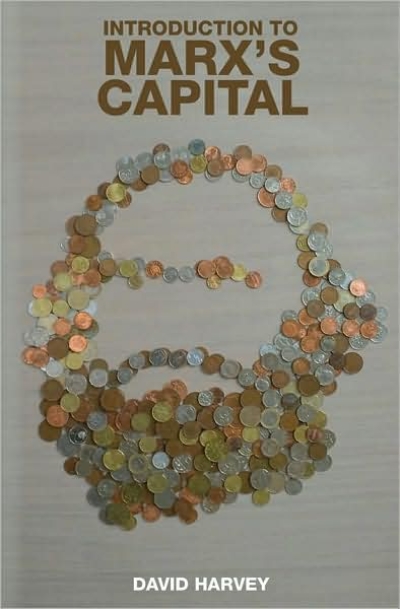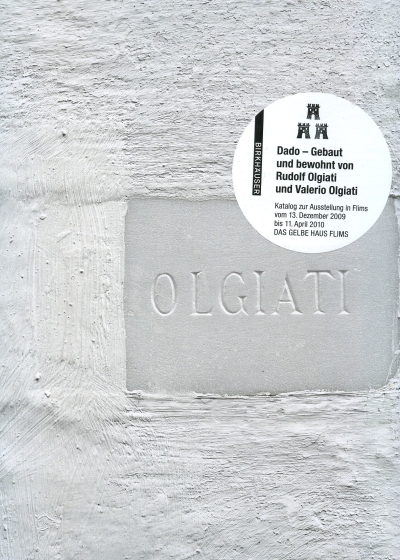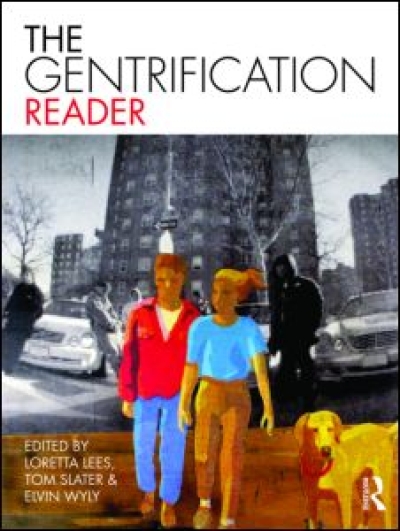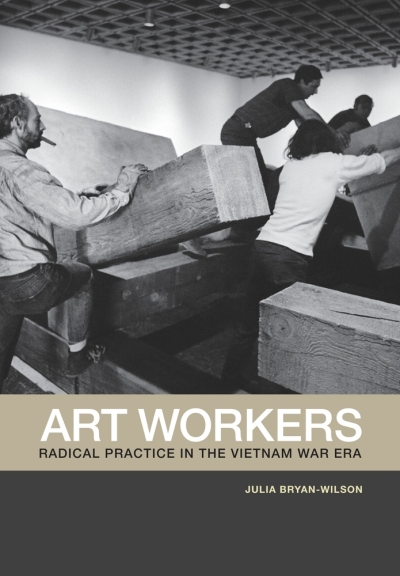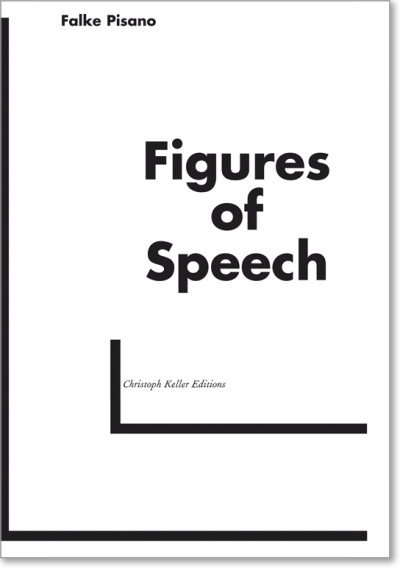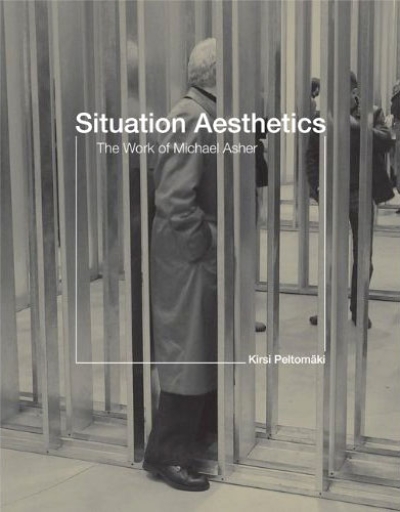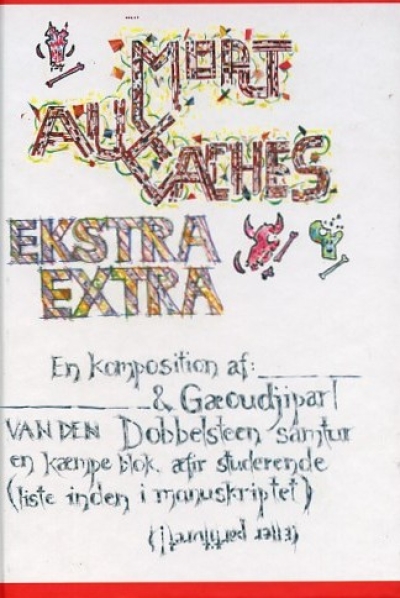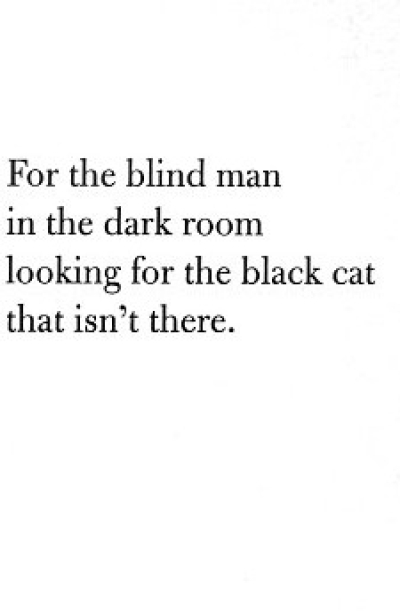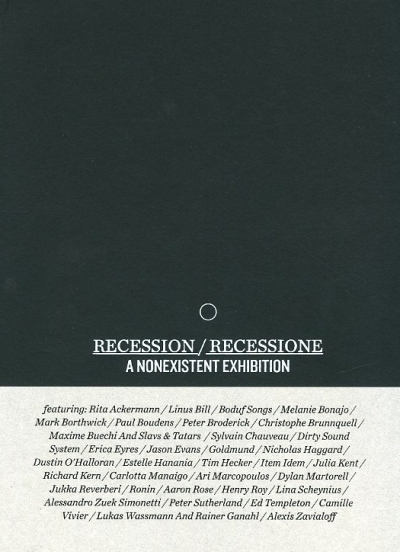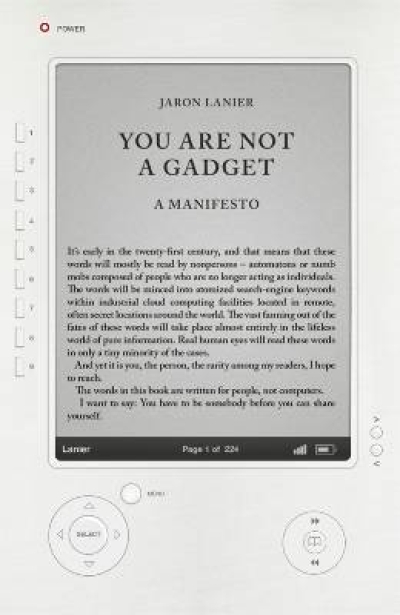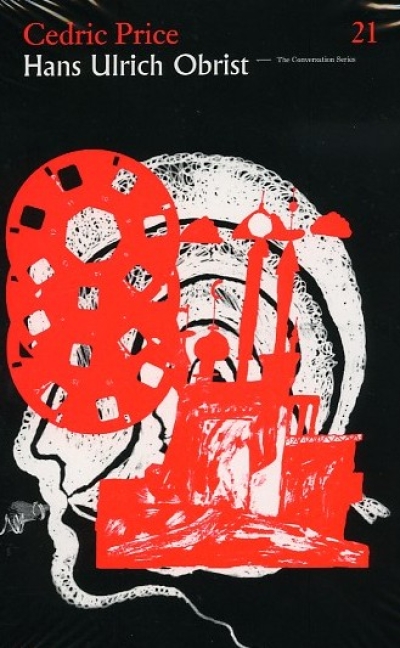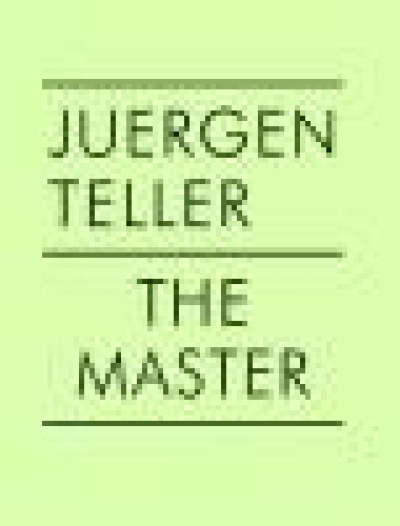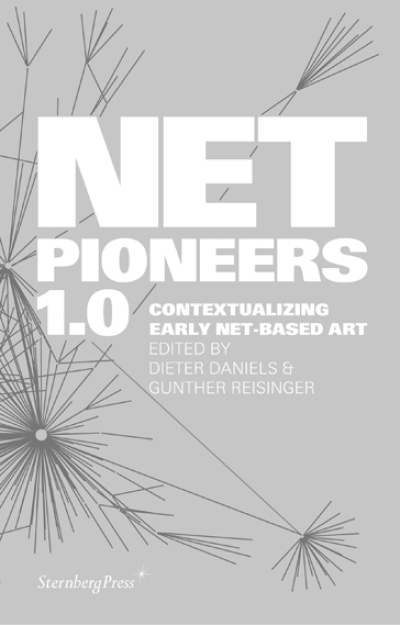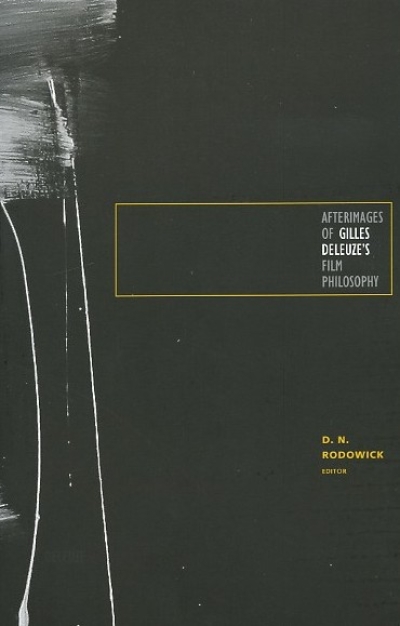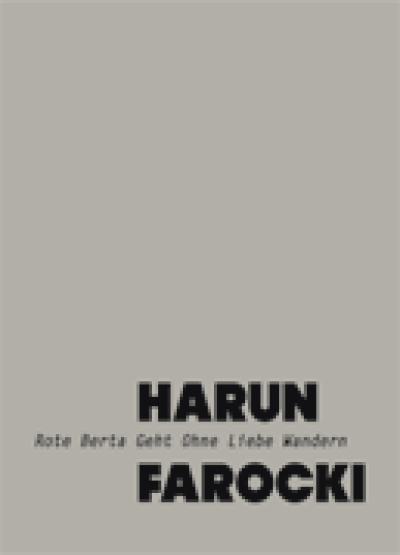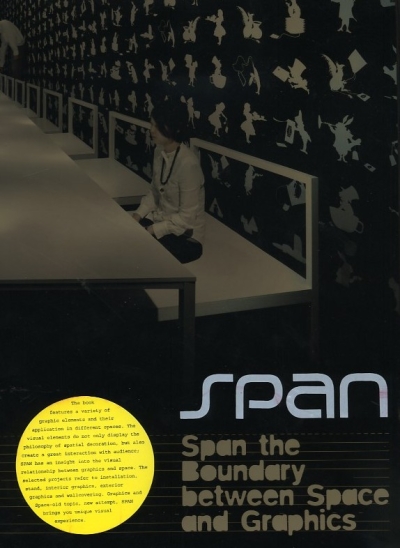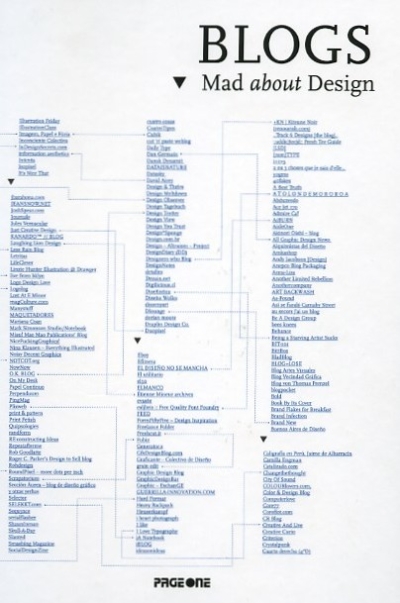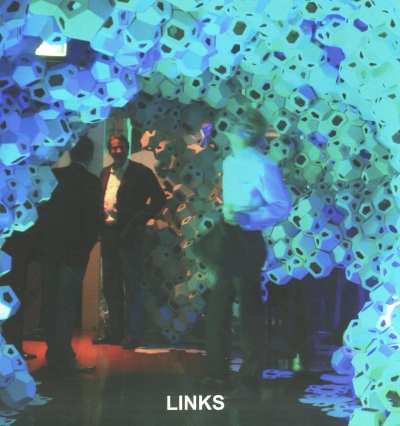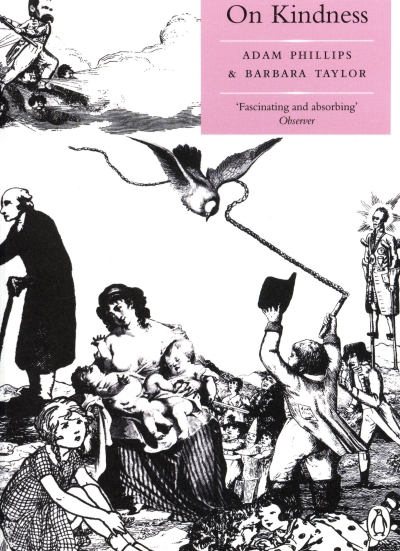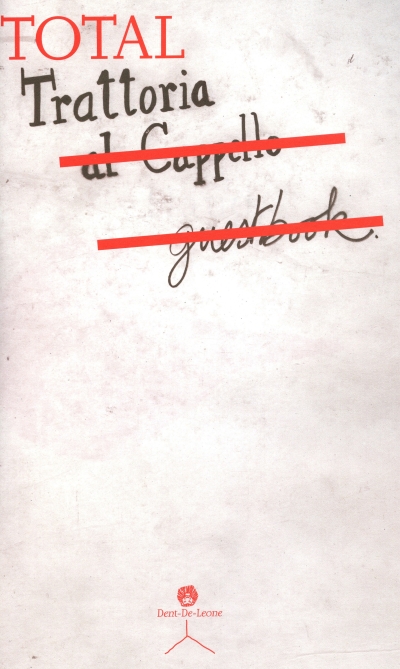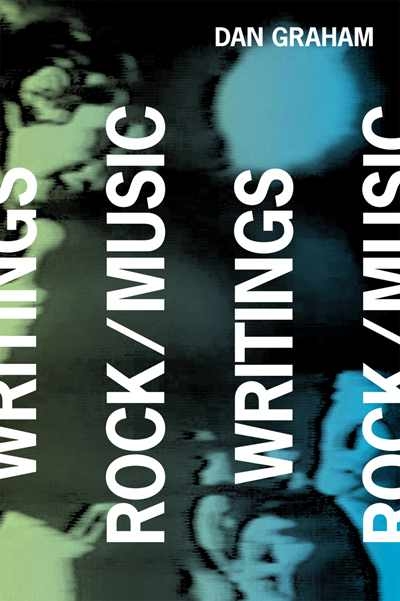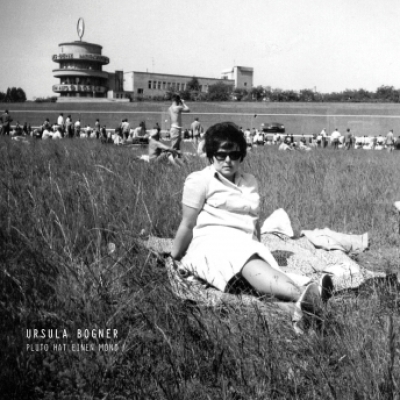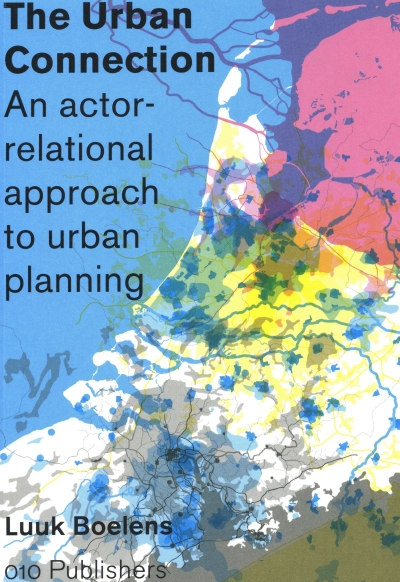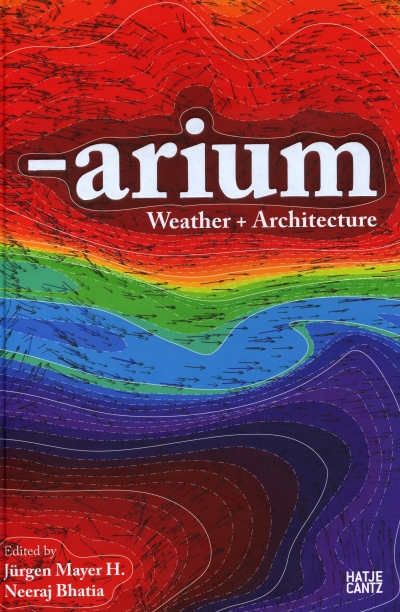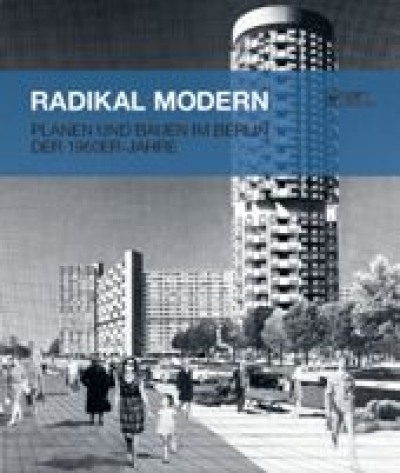
Radikal Modern. Planen und Bauen im Berlin der 1960er-Jahre
Zerstört im Zweiten Weltkrieg und durch den Mauerbau geteilt, erlebte Berlin in den 1960er-Jahren einen wahrhaften Bauboom. Beflügelt von Aufbruchstimmung und Technikeuphorie entwarfen Städtebauer und Architekten radikal neue Lebensräume für eine moderne Gesellschaft.
Oftmals zu Unrecht als inhuman und unansehnlich kritisiert, sind wichtige Zeugnisse dieser Bauepoche heute verschwunden, überformt oder vom Abriss bedroht. Diese Publikation wirft erstmalig einen näheren Blick auf den Entstehungskontext, die formalen Aspekte und internationalen Bezüge der für Ost- und West-Berlin entwickelten Bauten und Visionen.
Radically Modern
Urban Planning and Architecture in 1960s Berlin
Catalog of the exhibition "Radically Modern. Planning and Construction in 1960s Berlin" at the Berlinische Galerie, Berlin from 29th May to 26th October 2015.
Destroyed in the Second World War and divided by the Wall, Berlin experienced a veritable construction boom during the 1960s. Inspired by the spirit of a new beginning and technological euphoria, urban planners and architects designed radical new cityscapes for a modern society. Often unjustly criticized as inhumane or unsightly, important examples from this period of architecture have often already been torn down, disfigured by later alterations, or are threatened with demolition today. This publication for the first time takes a look at the context of this architecture´s emergence, examining formal aspects and underlying international influences on the architecture developed in both East and West Berlin.
Architecture and urban design from the sixties still set their stamp on the Berlin townscape. Many key planning decisions were made in the sixties and some striking buildings were constructed during that period. The publication presents the first ever comprehensive overview of this architectural heritage in both East and West Berlin. Historical documents, some familiar and others of more recent origin, illustrate political, social and technical visions for developing a city that had suffered severe destruction in previous decades and was then divided by the Wall. Alongside themes such as the objectives, common denominators and distinguishing factors that define a selection of these developments, such as Stalinallee, Alexanderplatz, Breitscheidplatz and the Märkisches Viertel, the book explores features of these architectural designs that reveal international networking between those involved or else illustrate how knowledge of international trends was reflected in concrete designs. About 300 works by some 30 architects, planning partnerships, photographers and artists will be on display.
English version ISBN 978 3 8030 0793 3
